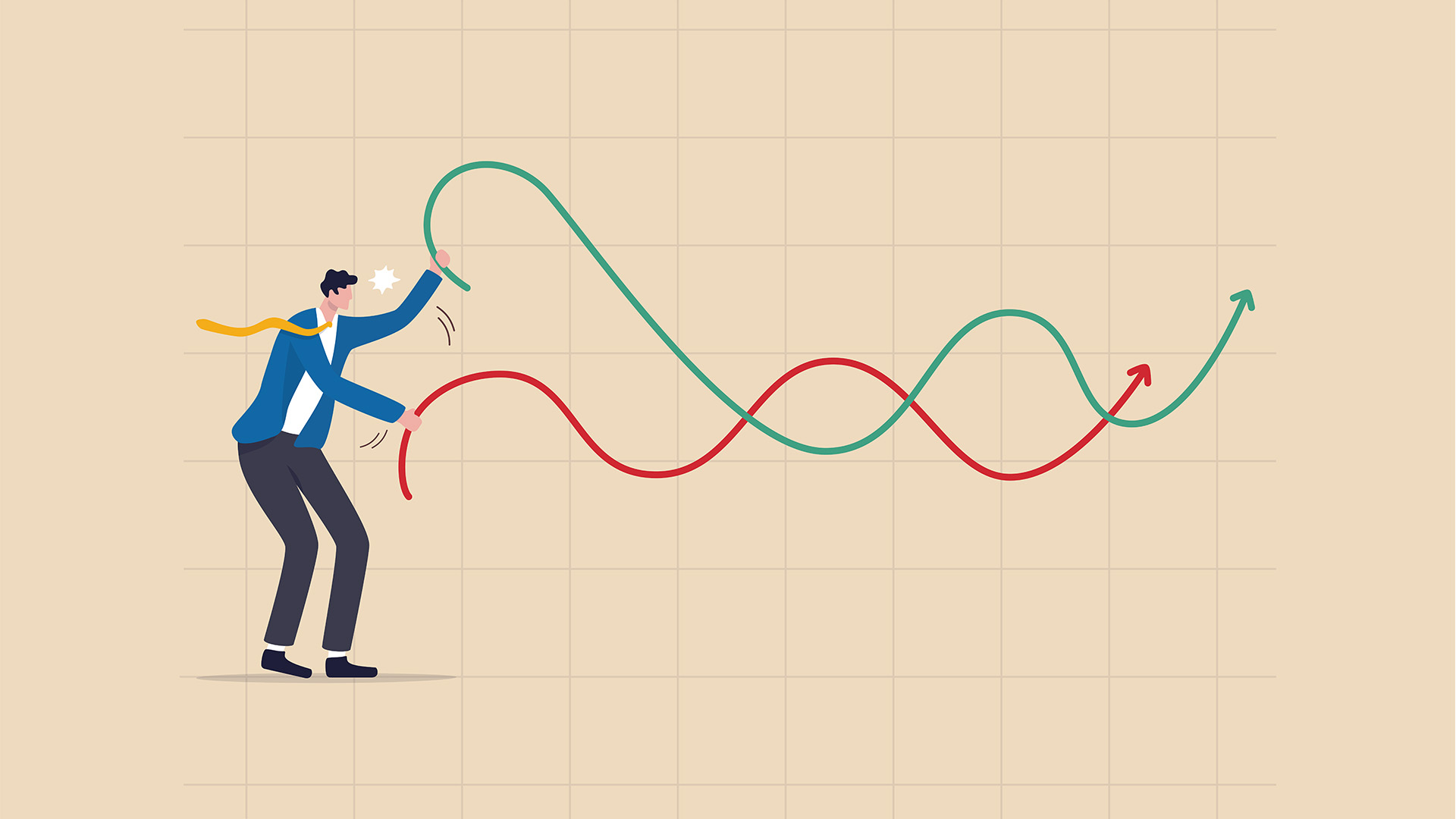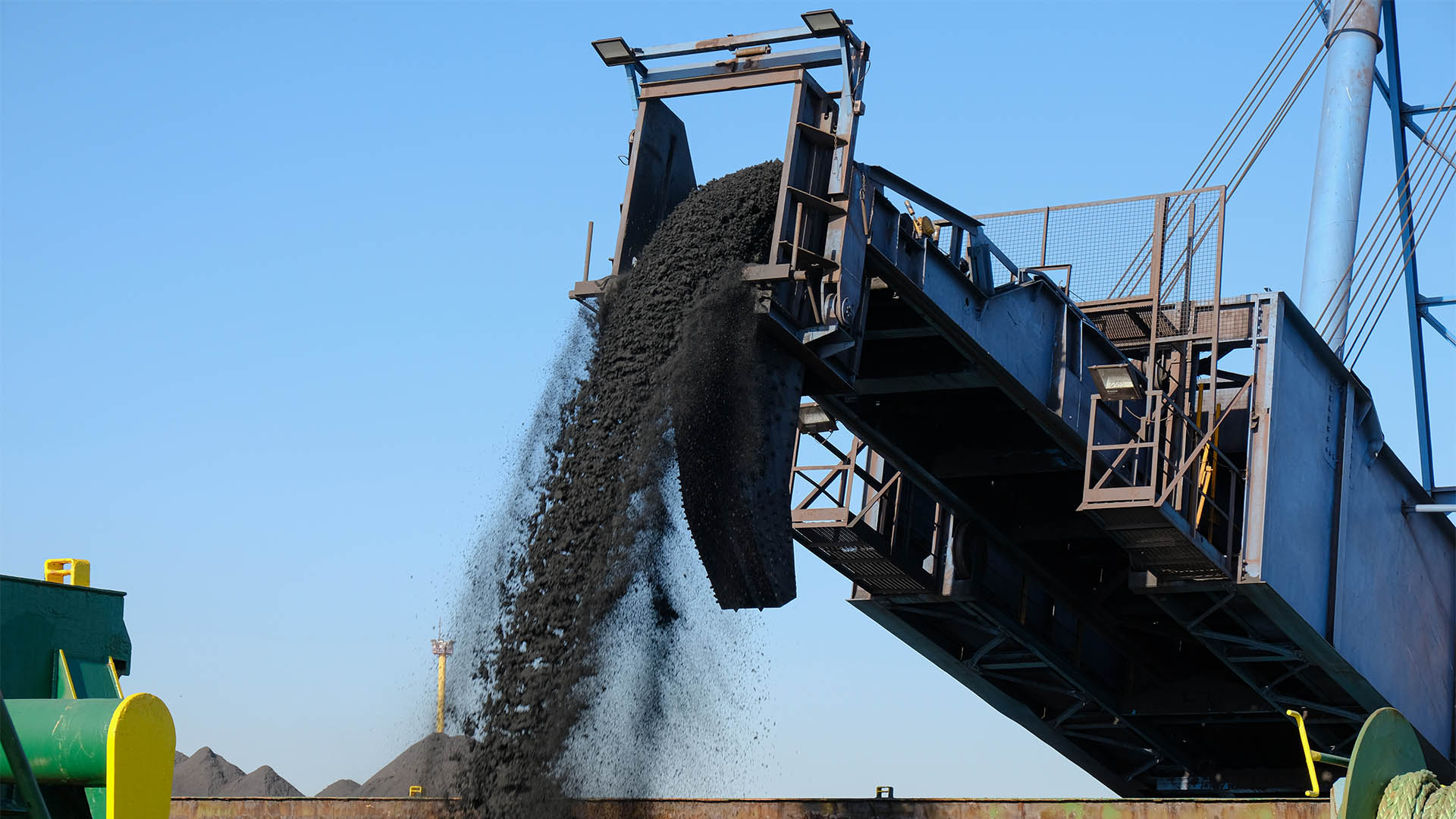No rate cut from the Reserve Bank at its November meeting tomorrow, but many analysts and economists believe one will come in December, and if not then, at the February meeting in 2020 (the first for next year).
And figures out this week on retail sales (later today, Monday), the trade account and lending finance will all confirm a sluggish economy, just as the building approvals for September last told a similar story.
Last week’s inflation data showed there were no inflationary pressures whatsoever.
Producer prices rose an unchanged 0.4% rise in the three months to September from the June quarter, while the annual rate fell to 1.6% from 2.0% – not much more than core consumer prices which were up a touch under 1.4% in the year to September.
If anything there was a whiff of disinflation in both the consumer and producer price data for the September quarter.
Core inflation has been running under the RBA’s 2% to 3% (over time) target and five rate cuts have failed to lift it to a consistent level (the headline rate hit 2.1% in the middle of 2018 and then faded)
For that reason there RBA, after three rate cuts so far this year, will sit and wait for a while.
The weak outlook will be confirmed in the post-meeting statement tomorrow and in the 4th and final Statement on Monetary Policy from the RBA on Friday in new economic forecasts for 2019 and 2020.
The AMP’s chief economist, Shane Oliver says “we remain of the view that further RBA monetary easing will be required and is likely. Growth is likely to remain subdued and below trend for longer than the RBA is allowing.
“This will keep unemployment higher for longer and wages growth and inflation below target for longer. In fact, the RBA is likely to revise down yet again its growth and inflation forecasts when it releases its quarterly Statement on Monetary Policy on Friday. Consequently, more easing will be required to achieve full employment and clear progress to the inflation target.
“What’s more inflation has been running below target for more than four years now and the longer this is allowed to persist the more the inflation target will lose credibility and won’t be the “strong nominal anchor that people can rely on when making their decisions” as Lowe has stated the Board is seeking to provide,” Dr. Oliver wrote. the Aussie dollar closed over 69 US cents on Saturday morning, Sydney time.
“The perception that the RBA is now less inclined to ease further also risks pushing the Australia dollar higher, wiping out one transmission mechanism for monetary easing that the RBA can still rely on.
“The less dovish tilt the RBA has taken in October has already seen the $A rise by more than 3% which is a defacto monetary tightening and is the last thing the economy needs.
“So, in the absence of more fiscal stimulus, pressure remains on the RBA for further easing. We continue to see the cash rate being cut to a low of 0.25% but now see the timing as being December and February but this could also come with quantitative easing measures designed to lower bank funding costs and increase the banks’ pass-through of rate cuts to borrowers.
“While a November rate cut looks unlikely, the collapse in the money market’s probability of a rate cut to just 6% for November and 26% for December looks over the top.”
Dr. Oliver sees a 0.3% rise in retail sales in September when they are released later this morning with the big imponderable being the impact of the tax refunds.
“September, retail sales to be released Monday will be watched closely for the long hoped for tax cut boost but are only likely to show a modest 0.3% gain consistent with industry feedback that only points to a mild boost. This is expected to have translated to a 0.2% rise in real retail sales for the September quarter as a whole which is only slightly better than the 0.2% gain seen in the June quarter.
In other data expect to see a fall in the trade surplus (Thursday) and a further rise in housing finance commitments (Friday) of around 1.2%, according to Dr. Oliver. Car sales for October are also due out mid-week.












